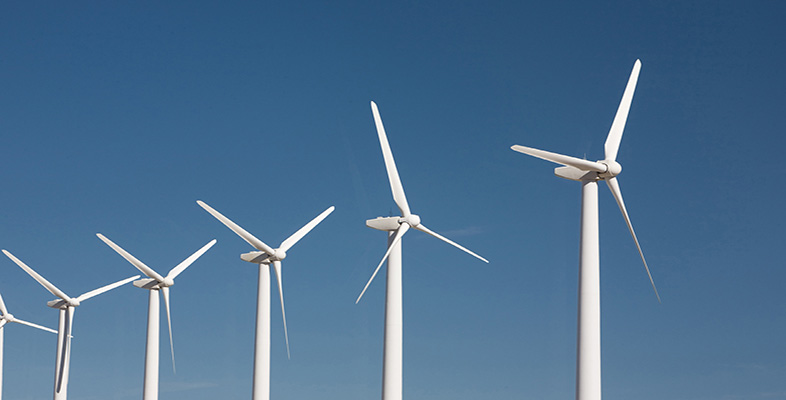6 Energy in a sustainable future
How can we improve the sustainability of human energy use in the future?
In the past 50 years the changes in patterns of energy production and consumption have been radical. If we are to improve the sustainability of our energy systems, equally profound changes might well be necessary over the next 50 to 100 years.
New, 'clean' technologies could help to mitigate some of the adverse consequences of fossil and nuclear fuels by improving the efficiency of systems and reducing pollution. This approach includes carbon sequestration – storing the carbon generated by the combustion of fossil fuels so that it cannot find its way back into the atmosphere. Fuel switching to use less-polluting fuels is another option, as is switching to renewable energy sources such as tidal or wind power, whose environmental impacts are usually less severe than those of fossil or nuclear sources. At the demand-side of the energy chain, we could develop options to employ the energy we have more efficiently.
The Royal Commission on Environmental Pollution (RCEP) has come up with four scenarios for the UK which consider the options available for balancing supply with demand given the need, as suggested by various reports, to reduce CO2 emissions by 60 per cent. The scenarios focus on the reduction of demand and the use of renewables, perhaps in conjunction with cleaned-up fossil or nuclear plants.
Likewise, there have been numerous studies from a world perspective. The World Energy Council has come up with six scenarios incorporating different assumptions about rates of economic growth in rich and poor countries; choices of technology and its development; and the priority given to ecological issues. The overall message is that there is a number of paths to sustainability, but, since they rely on different mixes of technology, they are likely to have different social, environmental and political implications.
